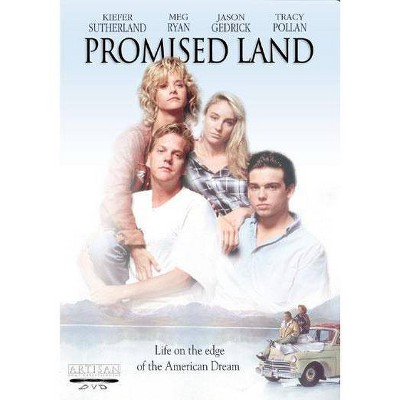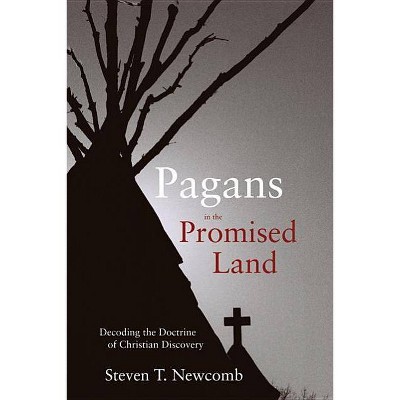Competition in the Promised Land - (National Bureau of Economic Research Publications) by Leah Platt Boustan (Paperback)
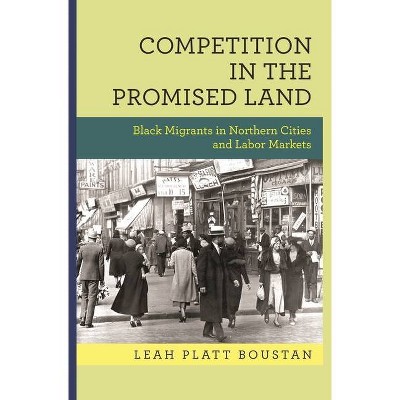
Similar Products
Products of same category from the store
AllProduct info
<p/><br></br><p><b> Book Synopsis </b></p></br></br><p>From 1940 to 1970, nearly four million black migrants left the American rural South to settle in the industrial cities of the North and West. <i>Competition in the Promised Land</i> provides a comprehensive account of the long-lasting effects of the influx of black workers on labor markets and urban space in receiving areas. <p/>Traditionally, the Great Black Migration has been lauded as a path to general black economic progress. Leah Boustan challenges this view, arguing instead that the migration produced winners and losers within the black community. Boustan shows that migrants themselves gained tremendously, more than doubling their earnings by moving North. But these new arrivals competed with existing black workers, limiting black-white wage convergence in Northern labor markets and slowing black economic growth. Furthermore, many white households responded to the black migration by relocating to the suburbs. White flight was motivated not only by neighborhood racial change but also by the desire on the part of white residents to avoid participating in the local public services and fiscal obligations of increasingly diverse cities. <p/>Employing historical census data and state-of-the-art econometric methods, <i>Competition in the Promised Land</i> revises our understanding of the Great Black Migration and its role in the transformation of American society.</p><p/><br></br><p><b> Review Quotes </b></p></br></br><br><i>Competition in the Promised Land</i> effectively revises and extends the voluminous scholarship on the Great Migration, demonstrating what the very best of economic history can bring to the study of the history of African Americans.<b>---Keona K. Ervin, <i>Michigan Historical Review</i></b><br><br>Boustan offers several original and valuable insights and extensions [to the existing literature].<b>---Howard Bodenhorn, EH.Net, <i></i></b><br><br>Co-Winner of the 2018 Allan Sharlin Memorial Award, Social Science History Association<br><br>Highly recommended for anyone studying mid-twentieth-century black migration in the United States and racially segregated labor markets and housing patterns in northern American cities.<b>---Farley Grubb, <i>Journal of Southern History</i></b><br><br>In her rich and technical account <i>Competition in the Promised Land</i>, Leah Boustan employs the tools of her trade--resourceful matching of data sets, rigorous modeling of labor phenomena, sweeping use of census figures--to analyze the demographics and economics of the Great Migration as a whole.<b>---James Ryerson, <i>New York Times Book Review</i></b><br><p/><br></br><p><b> About the Author </b></p></br></br><b>Leah Platt Boustan</b> is professor of economics at the University of California, Los Angeles, and a research associate at the National Bureau of Economic Research.
Price History
Cheapest price in the interval: 22.99 on October 23, 2021
Most expensive price in the interval: 22.99 on November 8, 2021
Price Archive shows prices from various stores, lets you see history and find the cheapest. There is no actual sale on the website. For all support, inquiry and suggestion messagescommunication@pricearchive.us
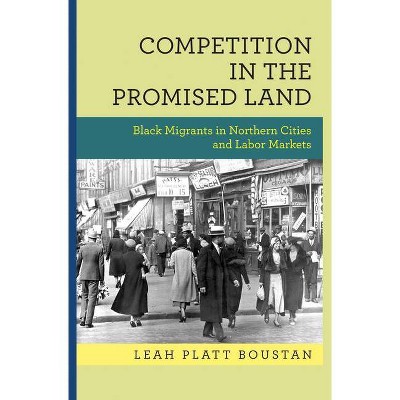
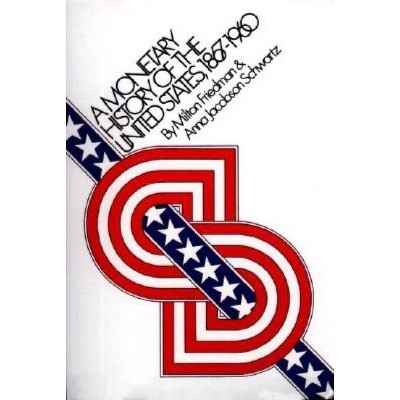
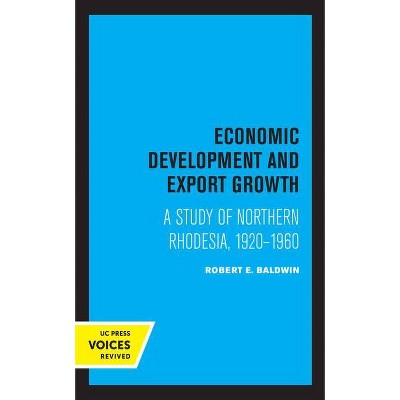

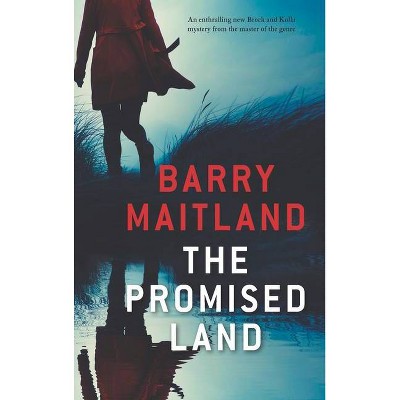
![Red Dwarf: The Promised Land [DVD]](https://pisces.bbystatic.com/image2/BestBuy_US/images/products/3507/35079307_so.jpg)
